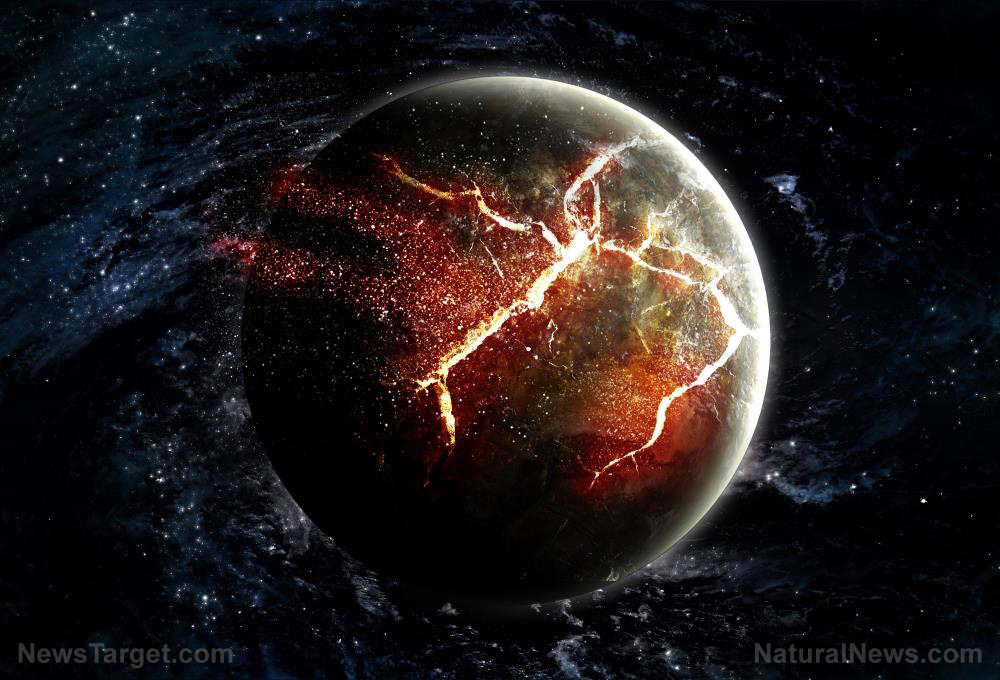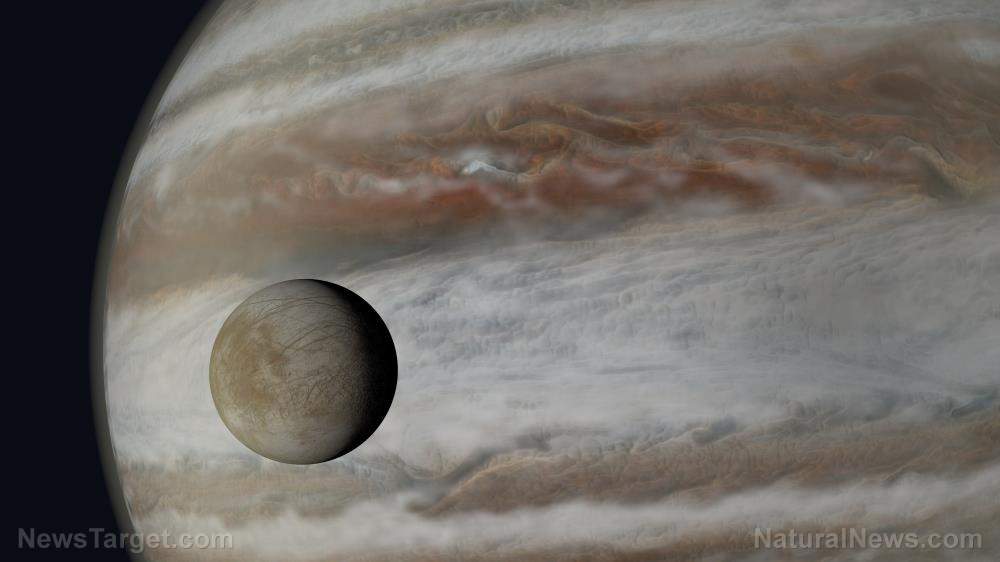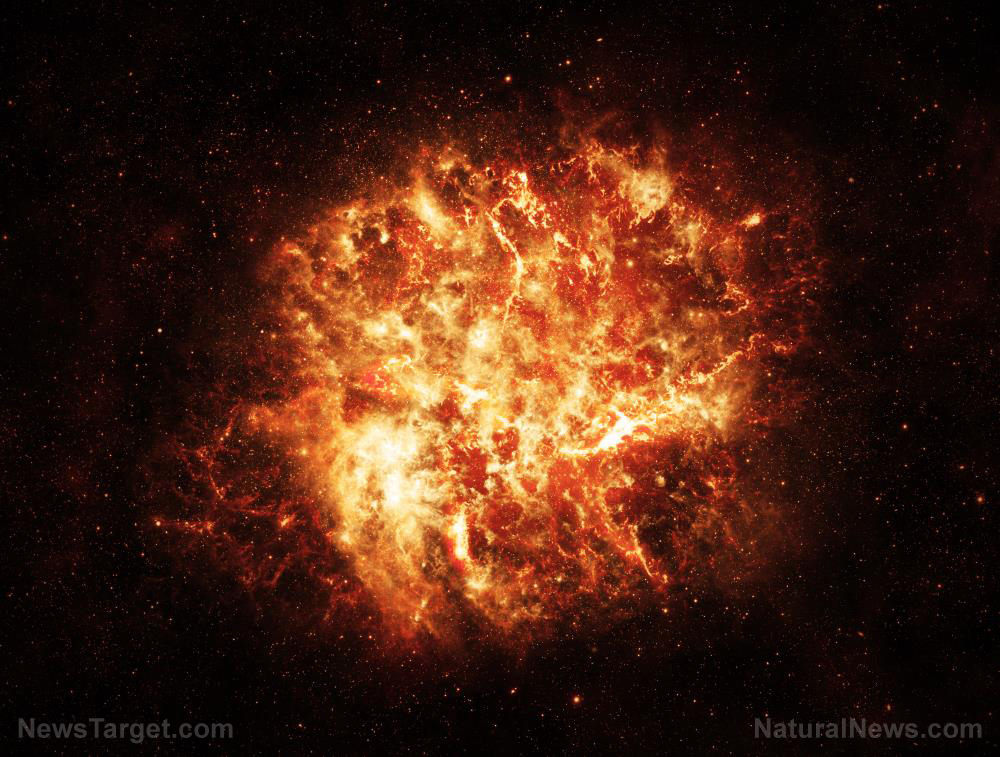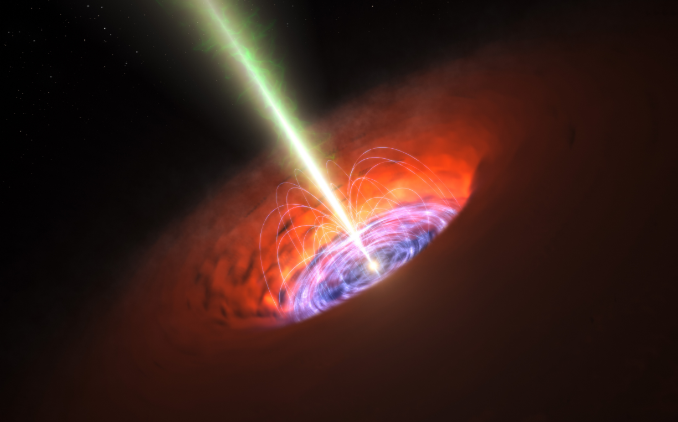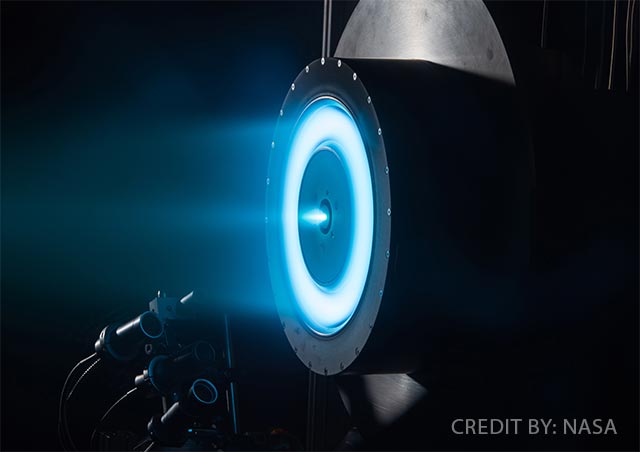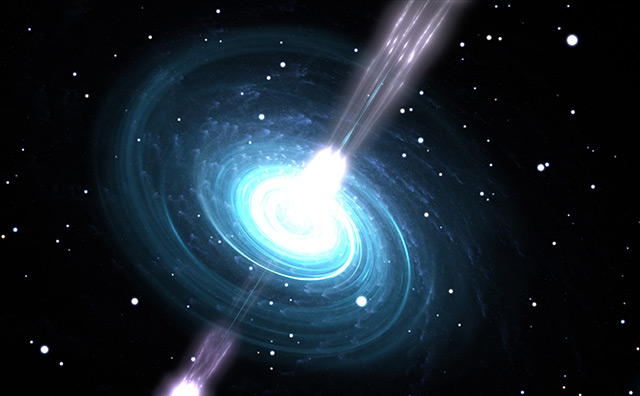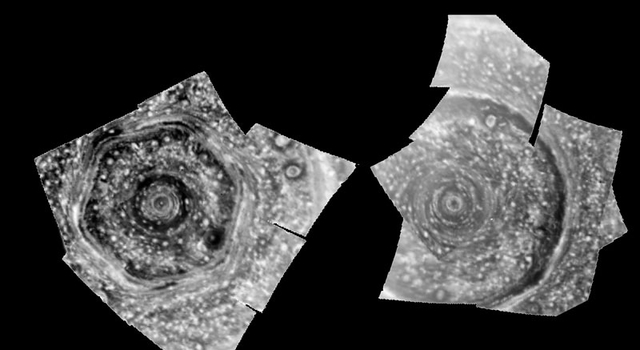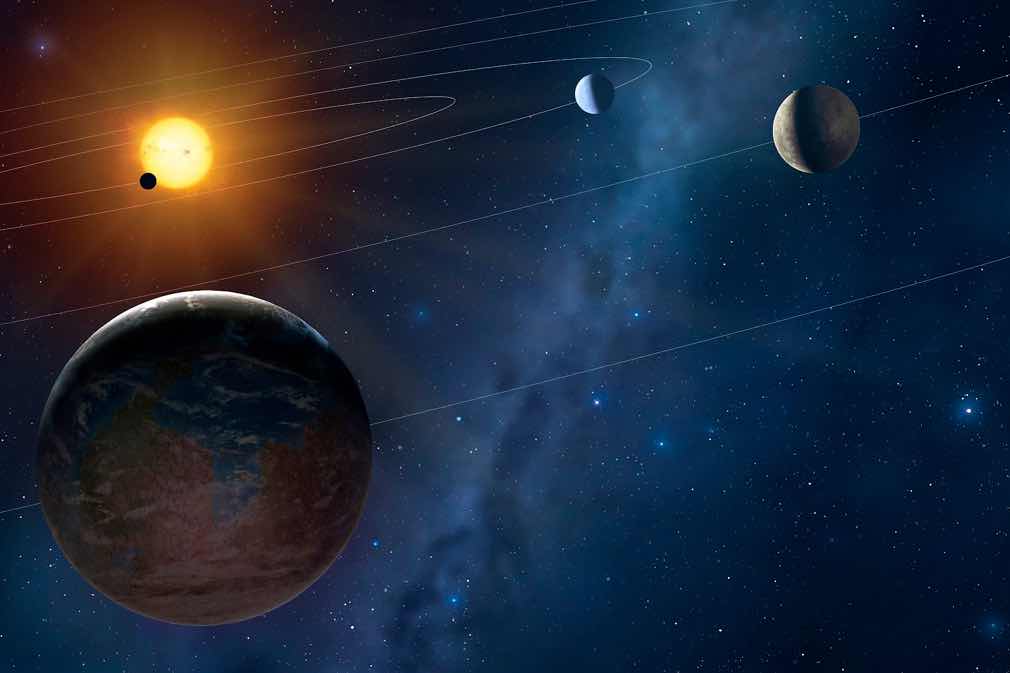Scientists examine the “burp” of a hungry black hole, gain fascinating new understanding of this space phenomenon
05/09/2018 / By David Williams
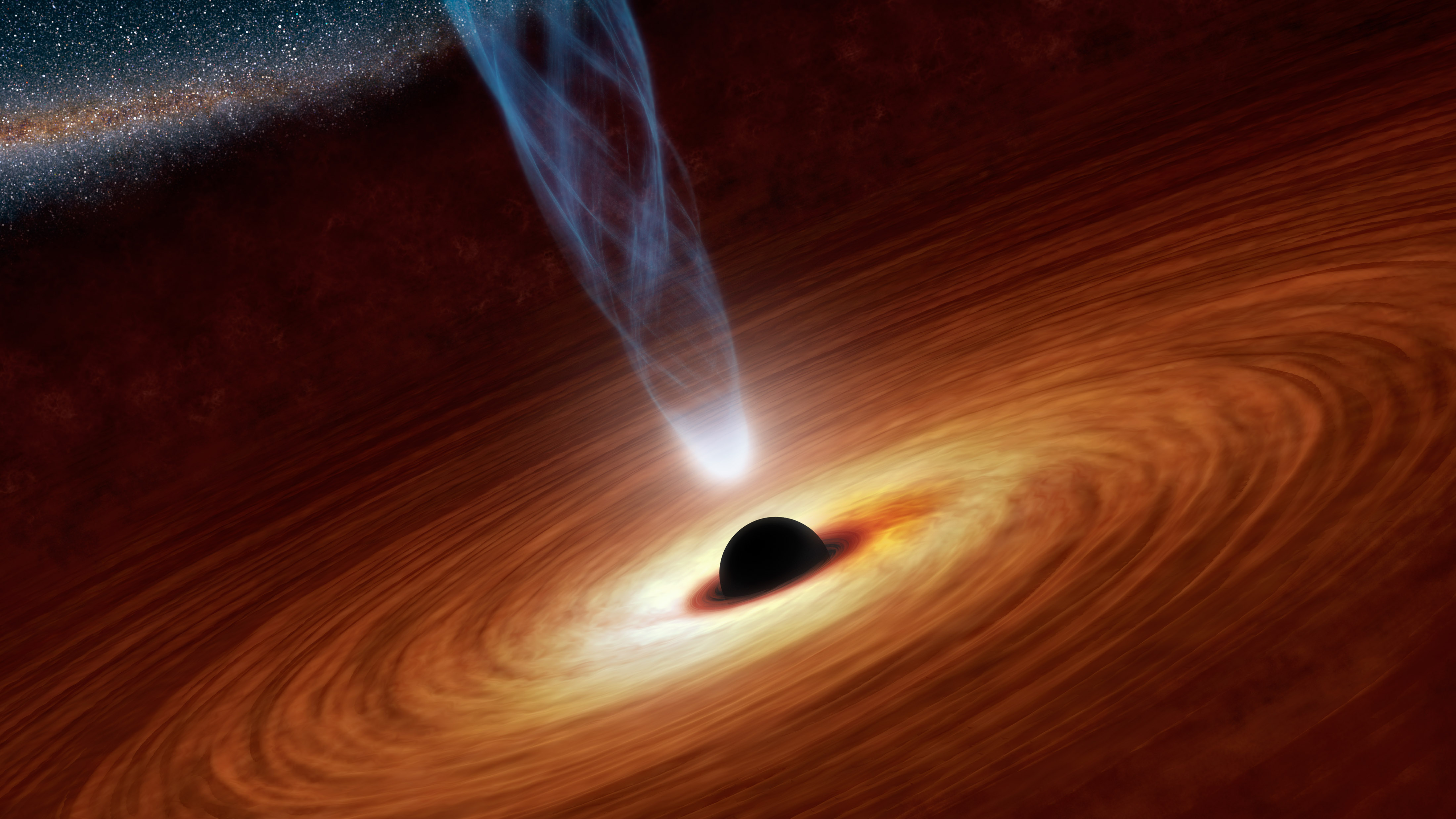
The existence of black holes in space is no secret. And it’s not just because scientists have been able to “see” them through the use of many sophisticated Earth- and space-based instruments. As it turns out, black holes produce lots of evidence that they exist and are indeed active, by way of signals that can be detected all throughout the solar system.
Now a group of scientists from the Massachusetts Institute of Technology (MIT) and Johns Hopkins University has detected radio signals that they believe could hold the key to understanding how exactly the galaxy evolved into what it is today. In particular, astronomers have focused their telescopes to radio signals coming from space – from up to 300 million light years away – to learn more about the way black holes “eat” space matter such as stars and influence the gradual growth of galaxies.
Earlier this year, the scientists from MIT and Johns Hopkins University were able to detect radio “echoes” that were similar to those that came from an interstellar event that happened almost four years ago. During this event, they were able to detect a tidal disruption flare, which was said to be caused by the explosion of electromagnetic energy from a dying star that got devoured by a black hole. Now, because of the newly-detected echoes, they believe that they have found evidence of a giant jet that contains highly energetic particles beaming out of a black hole as a dying star falls into it.
Black hole “burp” out a jet of particles as they feed
According to Dheeraj Pasham, a post-doctoral student at the Kavli Institute for Astrophysics and Space Research in MIT, these similar patterns indicate that the size and intensity of these jets that are shooting out of black holes are linked to the rate at which a black hole is feeding on dying stars. “This is telling us the black hole feeding rate is controlling the strength of the jet it produces,” he said. “A well-fed black hole produces a strong jet, while a malnourished black hole produces a weak jet or not jet at all.”
It’s the first time the scientists were able to see a jet that was controlled by a feeding supermassive black hole, he added. (Related: NASA says the solar flare that caused a radio blackout last September was the biggest flare in a decade.)
Based on their research findings, the scientists proposed that the signals they detected came from a jet of high-energy particles that were steamed out of a black hole right after it started absorbing the material from an exploded star. At first, tightly packed electrons in an incredibly dense area of the jet prevented any particles from escaping, so no detections were made.
But once the electrons traveled downstream, they eventually escaped and were detected by the scientists. From this, it has been inferred that the overall strength of the jet is based on the accretion rate or the actual speed that the black hole consumes stellar debris.
Pasham said that this discovery could lead to better ways of understanding how the phenomenon of galaxy evolution works. “If the rate at which the black hole is feeding is proportional to the rate at which it’s pumping out energy, and if that really works for every black hole, it’s a simple prescription you can use in simulations of galaxy evolution,” he said.
The signals they detected from trying to observe the black hole shows evidence of a much bigger picture, Pasham added. And it could change the way that astronomers look at how stars themselves are born in space.
Read more about the latest research on stars and black holes in Space.news.
Sources include:
Tagged Under: astronomy, astrophysics, black hole, Kavli institute, physics, research, science, space burp, space phenomenon, space signal, space travel


